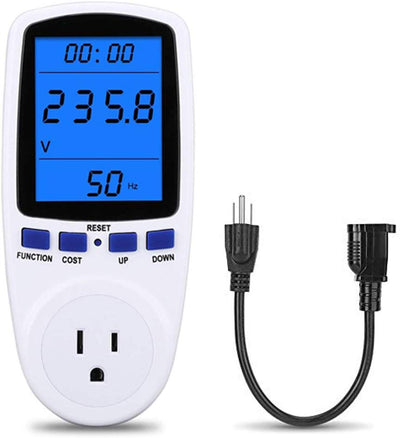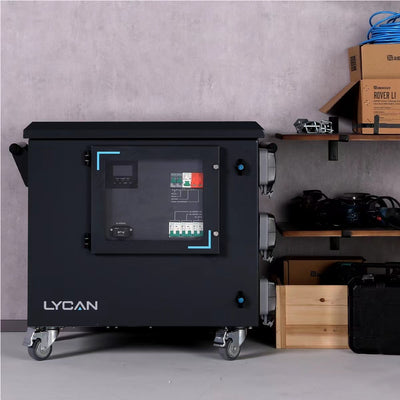Solarius-PV Solar PV System Design Software ($116.00 per year - 3 users)
Solarius-PV is the professional Solar PV calculator software for designing photovoltaic systems and that is already being used by thousands of professionals for their daily work.
The complete, reliable and innovative tool for grid-connected photovoltaic system design integrated with a wide range of energy storage system types for precise financial and technical feasibility studies.
Size the PV system with a guided step by step procedure
Solarius-PV easily guides the user through sizing any type of photovoltaic system:
- define the available PV system surfaces, in plan view or in elevation, using specific graphical objects or even import your own from DXF/DWG files
- position the solar modules among those selected or simply let the software suggest the most appropriate model for you
- identify the optimal exposure to increase the overall annual energy production
- configure the photovoltaic system (modules per strings) for any type of inverter (LV single-phase, LV or MV three-phase, multi MPPT, with integrated or independent storage)
- automatically get all the module-inverter electrical compatibility verifications
Automatic single-line wiring diagram of the PV system
With Solarius PV, the single-line electrical system is generated automatically by the photovoltaic system designed.
- You can customize the PV system at any moment by adding electrical switchboards (in A.C. and in D.C.), electrical protection devices connected to both input and output terminals, different types of cables, etc.
- The PV system single-line diagram can be represented in a drawing model completed with general data, graphic symbol legends with detailed component type descriptions and can be easily printed or exported in many different formats (PDF, DXF, DWG, etc).
Professional Financial Analysis (Photovoltaic system Business Plan)
With Solarius PV get professional financial analysis directly from the photovoltaic system project: photovoltaic system profitability, investment amortization, and other indicators.
The financial analysis report is complete and detailed with:
- total annual and hourly system productivity
- electrical energy consumption per time frame and daily load profile
- financing, leasing, etc.
Functions of Software
Solar irradiance climate data from Meteonorm or PVGIS
Solarius PV estimates the photovoltaic solar production starting from specific solar irradiation data, provided by the main climatic data references available for locations worldwide
Meteonorm (the free, fully integrated database) for all the locations around the world
PVGIS for locations in Europe, Africa, the Mediterranean basin and Southwest Asia.
You can even customize your own solar irradiation user archive with climatic data from other solar atlas or from on-site measuring.
Photovoltaic system shading calculation directly from a photo
Solarius-PV takes into account solar shading caused by the presence of long-distance obstacles (mountains, hills, buildings, trees, etc) through a simple photographic survey and directly on the installation site’s solar diagram.
Solarius PV also allows you to check the effect of shading projected on the PV modules by nearby obstacles (chimneys, walls, antennas, etc) on the system layout as the solar path varies over an annual, monthly, daily or hourly period.
Manages shadow projection between parallel rows automatically calculating the minimum installation module row spacing on any surface type (horizontal, vertical or tilted).
Solar PV components libraries in support of all design phases (modules, inverters, batteries, etc.)
Solarius-PV is equipped with rich libraries in support of all PV system design phases.
Complete photovoltaic modules, inverters, batteries and component archives with the most common PV system relating items
Consumer profiles libraries (electrical loads) with hourly analytical estimation of consumption by type of user (office uses, family, etc) or by type of appliance (PC, washing machine, oven, etc)
These are easy to consult libraries and can be enriched by the user with custom created devices.
All analysis results are provided in tables or under the graphical form and can be exported in XLS, RTF, PDF, etc.











